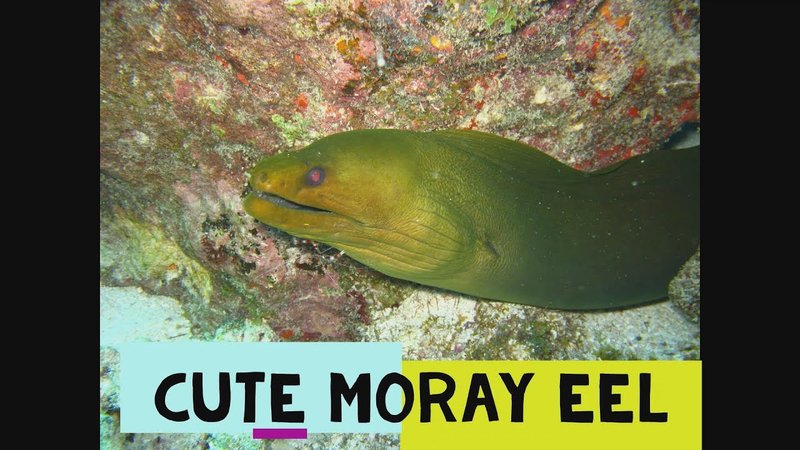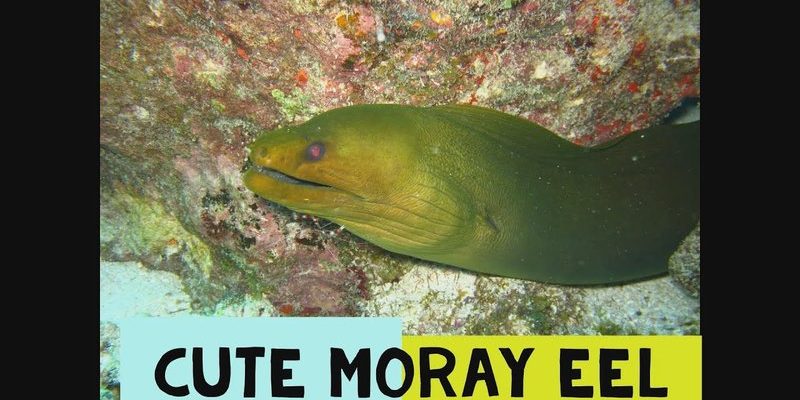
As we dive into the world of moray eels, it’s important to understand the current state of their populations and what various organizations are doing to help. Think of it like peeling back layers of an onion—there’s a lot more to these creatures than initially meets the eye. In this article, we’ll explore whether moray eels are endangered, the factors contributing to their decline, and what conservation efforts are underway to protect them.
What Are Moray Eels?
Moray eels belong to the Muraenidae family and are found in warm and tropical seas around the globe. There are about 200 species of moray eels, ranging in size from around two feet to over thirteen feet long. They are often recognized by their slender, elongated bodies and their distinctive coloration, which can vary from bright greens and browns to spots and stripes that help them blend into their surroundings.
Morays are typically found hiding in crevices and caves of coral reefs, where they lie in wait for prey. Their diet mainly consists of fish, crustaceans, and cephalopods. What’s fascinating about moray eels is their unique hunting style. They use their keen sense of smell to detect prey in the water and strike quickly when the opportunity arises. Honestly, it’s like watching a game of hide and seek underwater!
But as intriguing as they are, moray eels have faced increasing pressures from human activities, making it crucial for us to pay attention to their status in the wild.
Are Moray Eels Endangered?
The short answer is: it depends on the species. While some moray eel species are abundant and thriving, others are in trouble. The International Union for Conservation of Nature (IUCN) lists several species of moray eels as “Near Threatened” or “Vulnerable.” This means that while they are not currently at the brink of extinction, their numbers are dwindling, and without intervention, they could face more significant risks in the future.
You might be wondering what factors are contributing to the decline in moray eel populations. Overfishing, habitat destruction, and climate change are top culprits. As coastal areas undergo development and pollution increases, the delicate ecosystems that morays rely on are being compromised. If you think about it, it’s like uprooting a tree from a forest; the entire habitat suffers, and the species within it struggle to survive.
Threats to Moray Eels
Understanding the threats to moray eels is essential to grasp why conservation efforts are so critical. Here are the main challenges they face:
- Overfishing: Moray eels are often caught as bycatch in commercial fishing operations. Additionally, they are targeted for the aquarium trade and as a delicacy in some cultures. This increased demand places added pressure on their populations.
- Habitat Loss: Coral reefs, where moray eels commonly reside, are suffering devastating declines due to pollution, climate change, and destructive fishing practices. When their homes are destroyed, morays have fewer places to hide and hunt.
- Climate Change: Rising sea temperatures can lead to coral bleaching, threatening not just the reefs but also the myriad species that depend on them for survival, including moray eels. Changes in ocean acidity can also affect marine life.
Each of these factors not only impacts moray eels directly but also disrupts the intricate balance of marine ecosystems. Here’s the thing: when one species is affected, it can create a domino effect that challenges the survival of many others.
Current Conservation Efforts
Conservation groups and researchers are stepping up to protect moray eels and their habitats. One of the primary methods involves establishing marine protected areas (MPAs) where fishing and other harmful activities are restricted. These sanctuaries allow marine ecosystems to recover and thrive.
Some organizations are also working on raising awareness about the importance of preserving coral reefs. They engage local communities through education programs and sustainable fishing initiatives. For example, some fishermen are being trained in sustainable practices that allow them to catch fish without harming moray eels or their habitats. You might be surprised how small changes can make a huge difference!
Another approach is the monitoring of moray eel populations. Scientists are gathering data on their numbers, breeding patterns, and habitat preferences. This information is crucial for developing effective conservation strategies. By understanding where moray eels thrive and what they need to survive, we can better protect them moving forward.
How You Can Help Moray Eels
If you’re passionate about making a difference for moray eels and other marine life, you can take action! Here are a few ways you can contribute to their conservation:
- Support Marine Conservation Organizations: Consider donating to or volunteering with organizations that focus on marine life conservation. Your support can help fund crucial projects and research.
- Practice Sustainable Seafood Choices: When purchasing seafood, look for labels or certifications that indicate sustainable fishing practices. This helps reduce the pressure on vulnerable ocean populations.
- Engage in Reef Cleanups: Participate in local beach and reef cleanup efforts. Keeping our oceans clean benefits all marine life, including moray eels.
Every little bit helps! By raising awareness and supporting conservation efforts, we can create a brighter future for moray eels and the ecosystems they call home.
The Future of Moray Eels
So, what does the future hold for moray eels? While there are certainly challenges ahead, there’s also hope. Increased awareness and action around marine conservation could lead to improved protections for these incredible creatures. As more people recognize the importance of preserving our oceans, we can start seeing positive changes.
The key is to keep the conversation going. Whether it’s discussing moray eels at a gathering of friends or sharing informative articles on social media, spreading the word is a powerful tool. Let’s work together to ensure that moray eels continue to swim gracefully through our oceans for generations to come.
In conclusion, moray eels are not just fascinating marine creatures; they are vital parts of their ecosystems. By understanding the challenges they face and taking action to support their conservation, we can help ensure their survival. Together, we can make a difference and protect the underwater world we all cherish.

